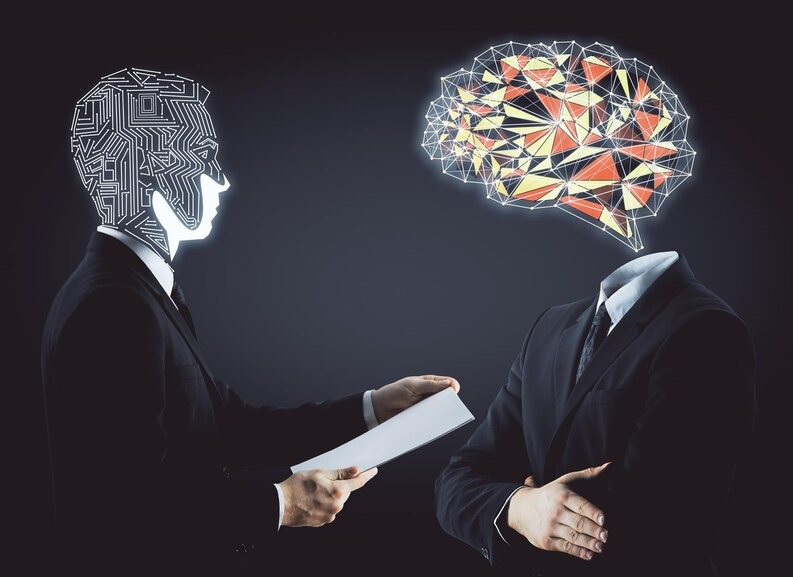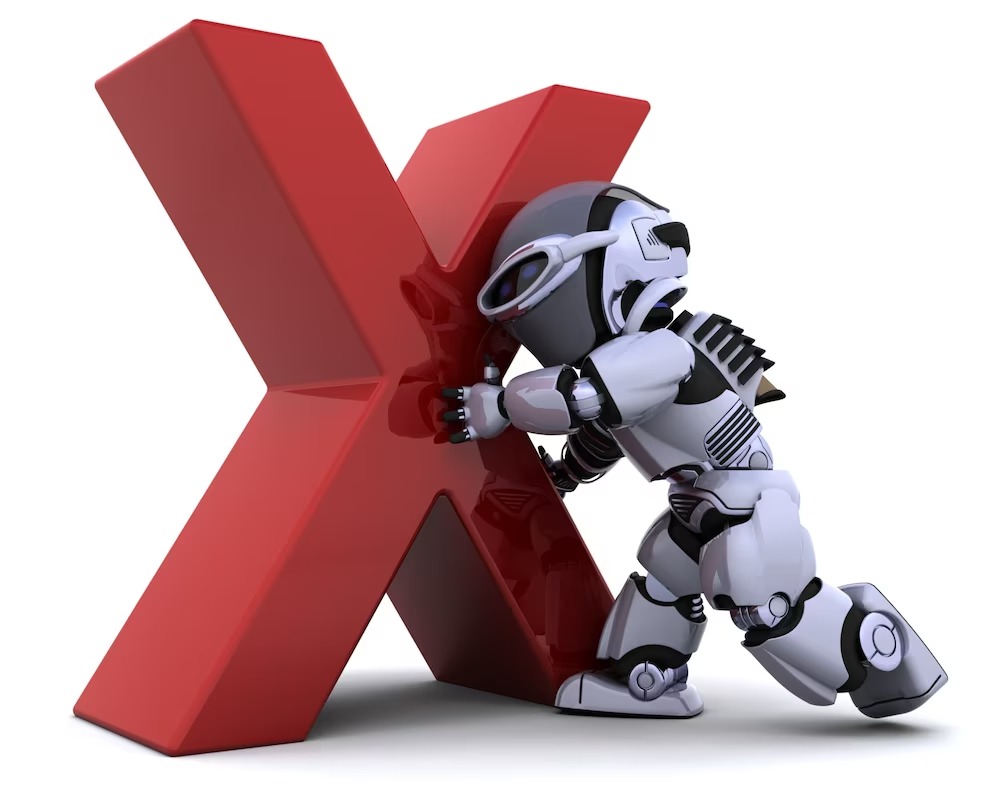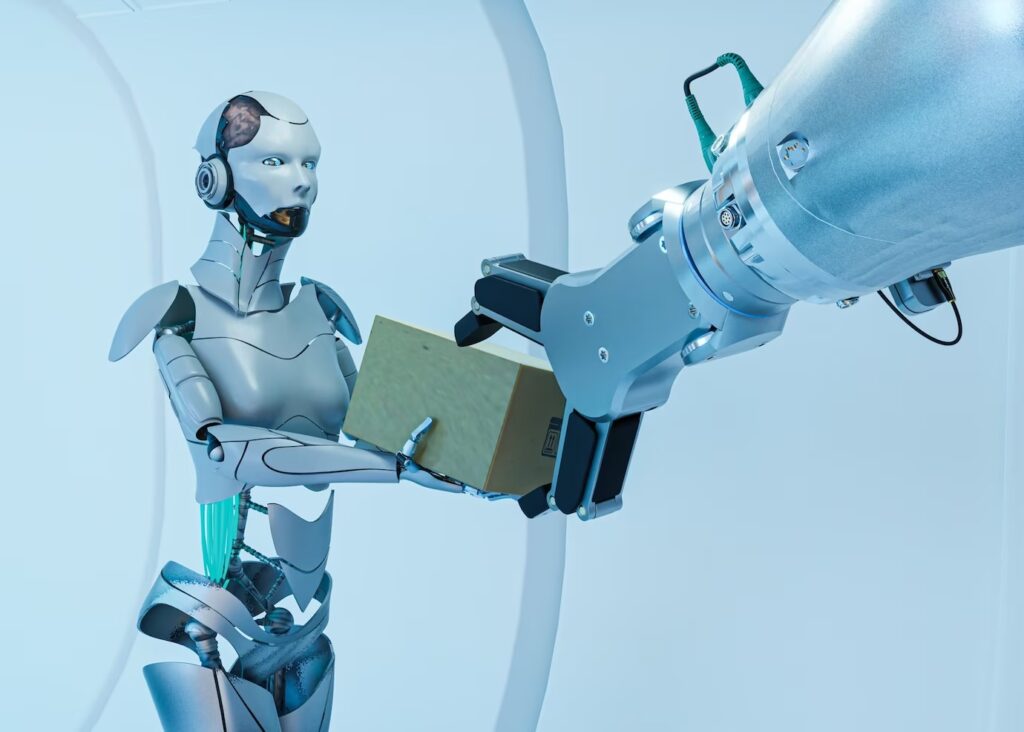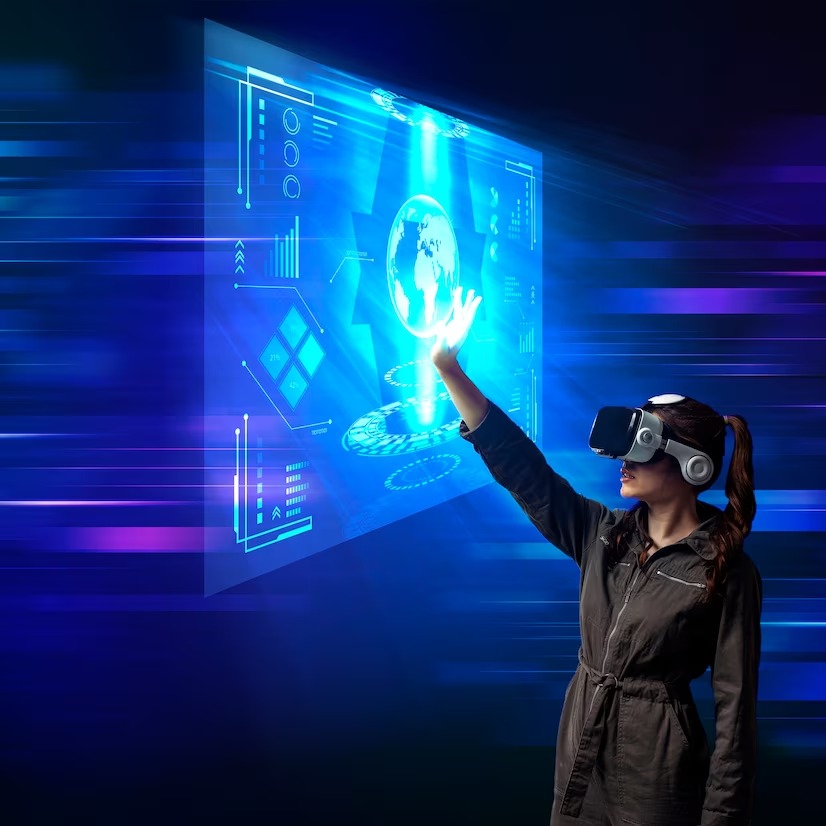What’s the conception of AI bias and how does it affect decision-making?
Dummy post title / Lorem Ipsum Categories: Dummy category / Second category Conception of AI bias Artificial Intelligence(AI) is an important tool that can make over decision-making processes across colourful industries. still, it’s not without its challenges, one of the most prominent being AI bias. In this composition, we will look into the conception of AI bias, its origins, and how it can significantly affect decision-making processes. Understanding AI Bias AI bias refers to the presence of methodical and unfair separation in AI systems’ issues, frequently performing in opinions that disadvantage certain groups or individuals. This bias can come up from colourful sources, including. Training Data If the data used to train AI models is one-sided, the model is likely to immortalize those biases in its decision-making. Algorithm Design The algorithms themselves may introduce bias grounded on how they freight different data inputs or make predictions. Human Bias turns the humans involved in developing, training, or planting AI systems can also transude into technology. Examples of AI Bias Gender Bias AI algorithms used in hiring processes may favour male campaigners over equally good female campaigners due to factual gender imbalances in hiring data. Ethnic Bias Facial recognition systems have been set up to be less accurate in relating people of color, leading to discriminative issues in surveillance and law enforcement. Economic Bias AI-driven lending algorithms may Favor aspirants from advanced-income backgrounds, immortalizing profitable differences. Impact on Decision-Making AI bias can have far-reaching consequences on decision-making processes Discrimination Biased AI systems can discriminate against individuals or groups predicated on race, gender, age, or other characteristics, immortalizing social inequalities. Unfair Treatment People affected by AI bias may experience unfair treatment in colourful areas, including employment, finance, and felonious justice. Reinforcing Conceptions Biased AI can support conceptions, limiting openings and reinforcing negative perceptions. Loss of Trust When individuals perceive that AI systems are biased, they may lose trust in those systems and the associations employing them. Mitigating AI Bias Addressing AI bias is a critical challenge that requires a multifaceted approach Diverse Data Ensure training data is different, representative, and free from literal impulses. Data collection should be aware of potential biases. Algorithmic Fairness Develop algorithms with fairness considerations in mind, using ways that ease bias, similar to reweighting data or incorporating fairness constraints. Transparency Make AI systems more transparent and resolvable, allowing users to understand how opinions are made and detect potential bias. Testing and Auditing Regularly test AI systems for bias and conduct checkups to identify and amend bias-related issues. Diverse Teams Encourage diverse teams of inventors, data scientists, and sphere experts to work on AI systems, as diverse perspectives can help identify and alleviate bias. Regulation and ethics Support the development of regulations and industry ethics for AI fairness and responsibility. Conclusion AI bias is a complex challenge that can significantly impact decision-making processes, frequently with dangerous consequences. Recognizing the sources of bias, understanding its counteraccusations, and laboriously working to ease it are essential ways toward employing the full eventuality of AI while ensuring fairness and equity in the issues it produces. As AI continues to shape our world, addressing bias isn’t just a technological imperative but a moral one, enabling us to produce a more just and objective future. Facebook Twitter WhatsApp Share in your social media if this article is useful What’s the conception of AI bias and how does it affect decision-making? Dummy post title / Lorem Ipsum Categories: Dummy category / Second category Impact of AI on Creative… Read More What’s the impact of AI on creative industries like art and music? Dummy post title / Lorem Ipsum Categories:… Read More What’s the part of AI in financial forecasting? Dummy post title / Lorem Ipsum Categories:… Read More What is the impact of AI on customer service? Dummy post title / Lorem Ipsum Categories:… Read More What’s the role of AI in optimizing business processes? In today’s fast- paced business geography, staying competitive and effective is crucial. This is… Read More The Difference Between AI and Human Intelligence Artificial Intelligence( AI) has made inconceivable strides in replicating and even surpassing some aspects… Read More Explainable AI (XAI) Artificial intelligence( AI) has achieved remarkable feats, from defeating chess winners to diagnosing… Read More The Future of AI and Its Potential Implications Artificial intelligence( AI) has evolved from a sci- fi conception into a transformative force shaping… Read More The Impact of AI on Job Automation The arrival of artificial intelligence( AI) has showed in an period of incomparable invention and conversion… Read More What is computer vision and how is it used in AI? In moment’s fleetly evolving technological geography, artificial intelligence( AI) is no longer… Read More
What’s the conception of AI bias and how does it affect decision-making? Read More »










